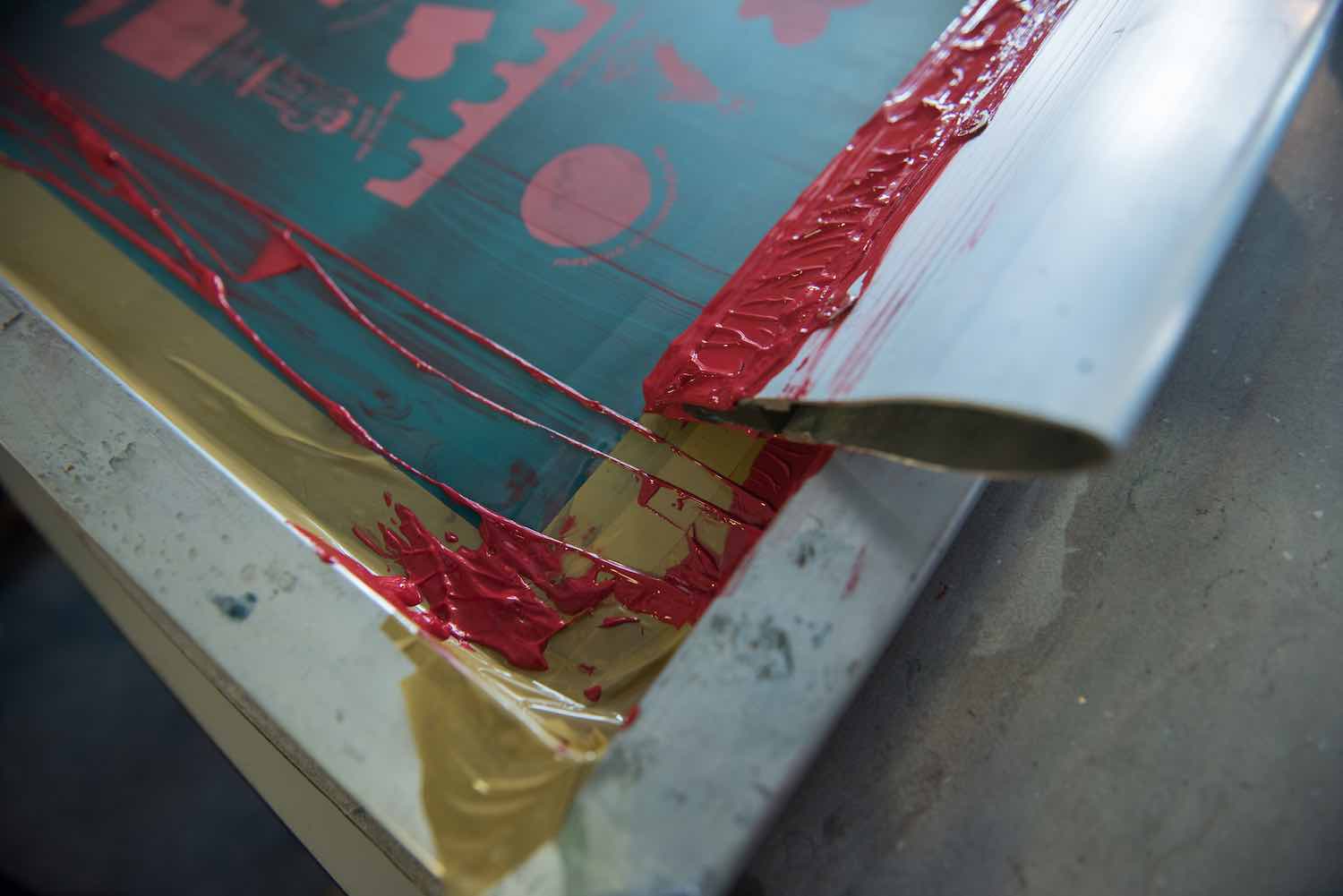I have a lot of problems when printing using water-based colours.
I’ve tried three or four different types of water-based ink, made by different companies, but none of them work.
Why do they all dry so quickly? When doing multi-colour prints, we find it practically impossible to carry out medium/high print runs without having to use plastisol.
This issue with water-based inks drying on the screen is very common, and the brand or type of ink used makes no difference whatsoever.
If for any reason (the print’s final look, the need to avoid hot drying, a dislike of plastisol inks) you have a preference for printing with water-based inks, it’s always necessary to adopt certain measures:
– frame mesh count: it can’t be greater than 55T, with the only exception of the Extra Soft Base for light-coloured materials to be pigmented with concentrated colouring, in this case the mesh count can be up to 90T.
– printing speed: production can’t be interrupted for more than a minute. If a break in production lasts longer than a minute, the frame must be refreshed by spraying water onto it.
– movement of the squeegee: when moving the squeegee backwards, no pressure should be applied. In so doing, a 2-3 mm layer of ink will remain on the area occupied by the design, this will prevent the ink from drying between the threads, or at the very least it will slow down the drying process.
– retardants: these can help to a certain extent, but they also slow down the final polymerisation of the ink. If the retardants are added to inks that don’t require hot drying, it’s still advisable to use hot drying.

